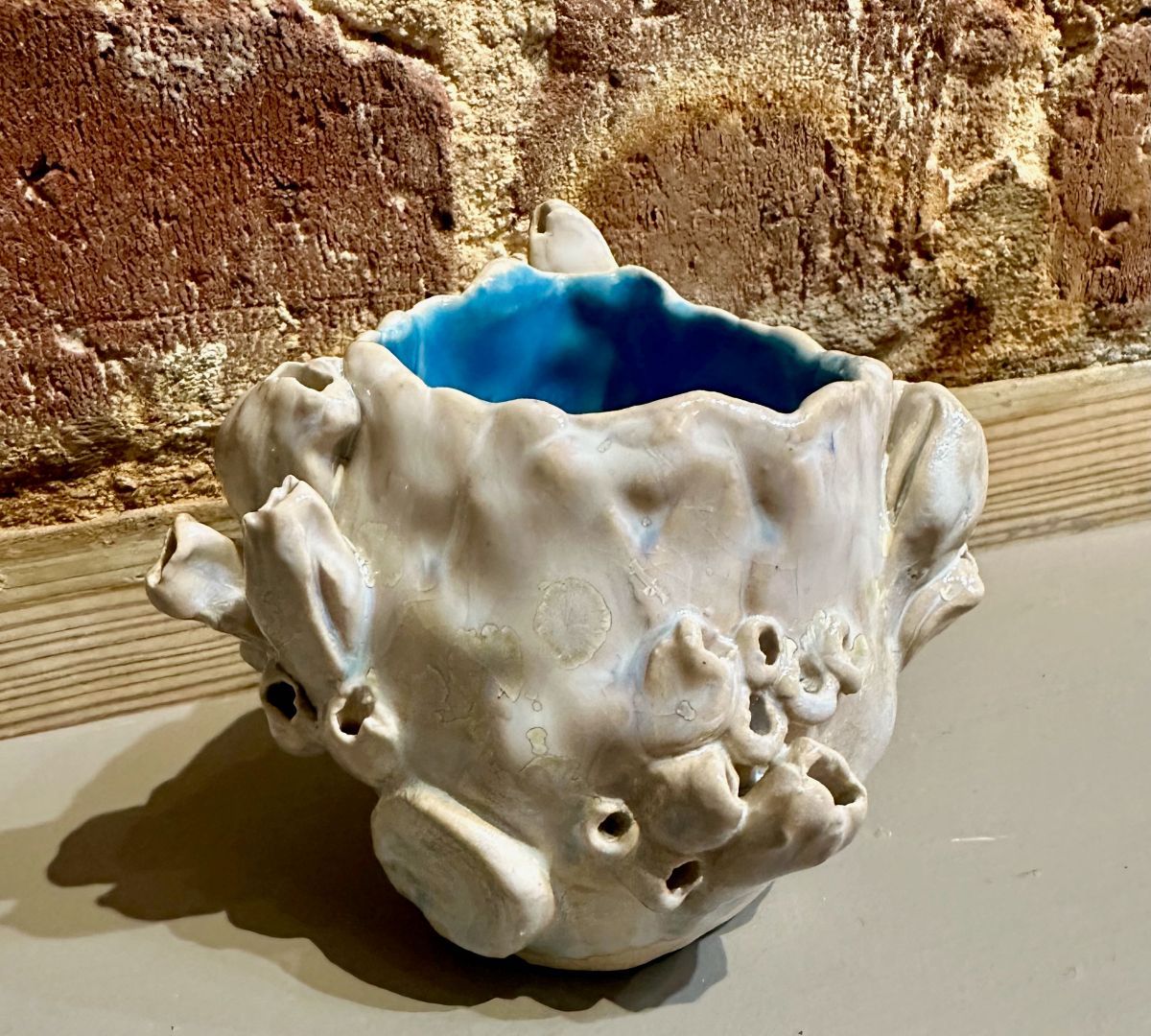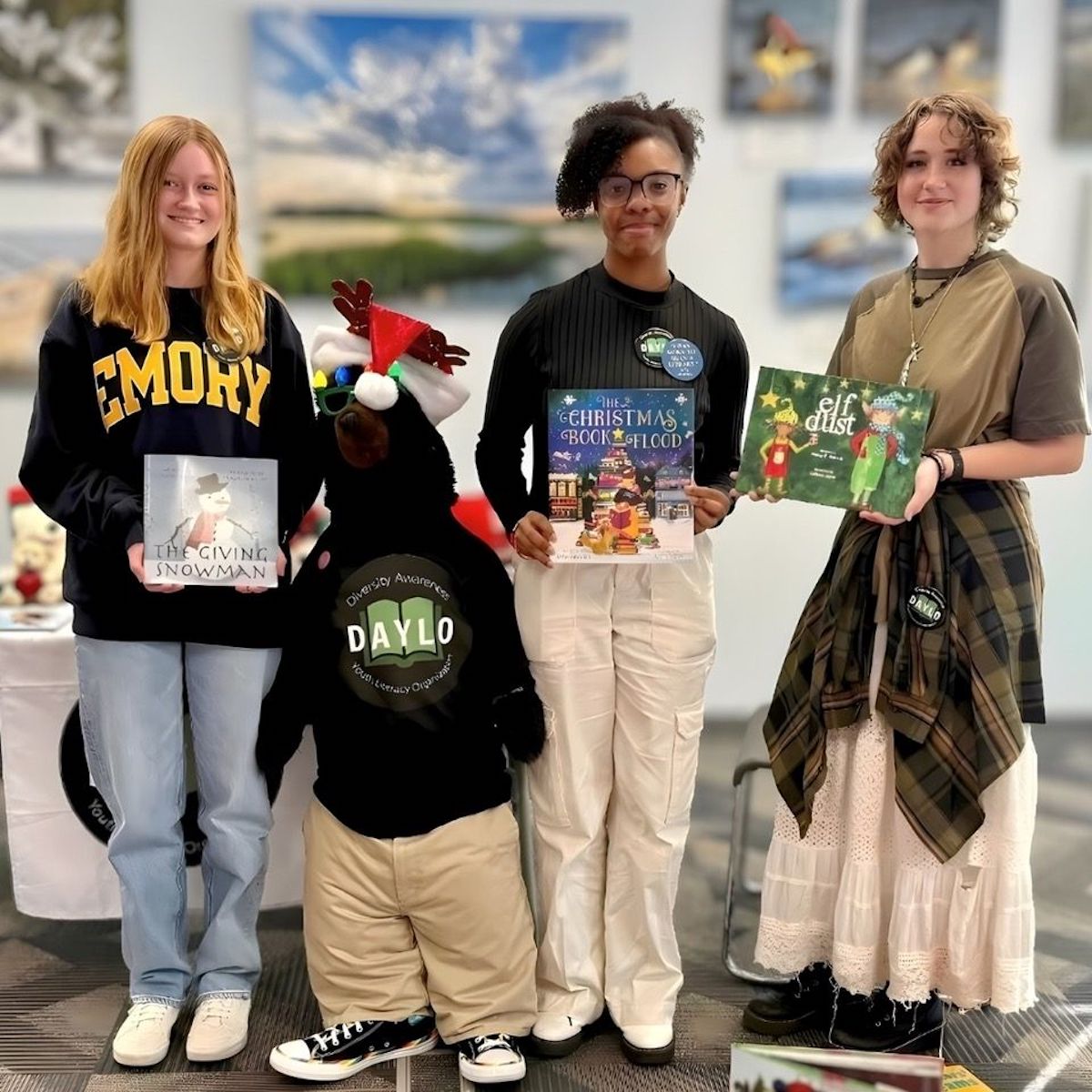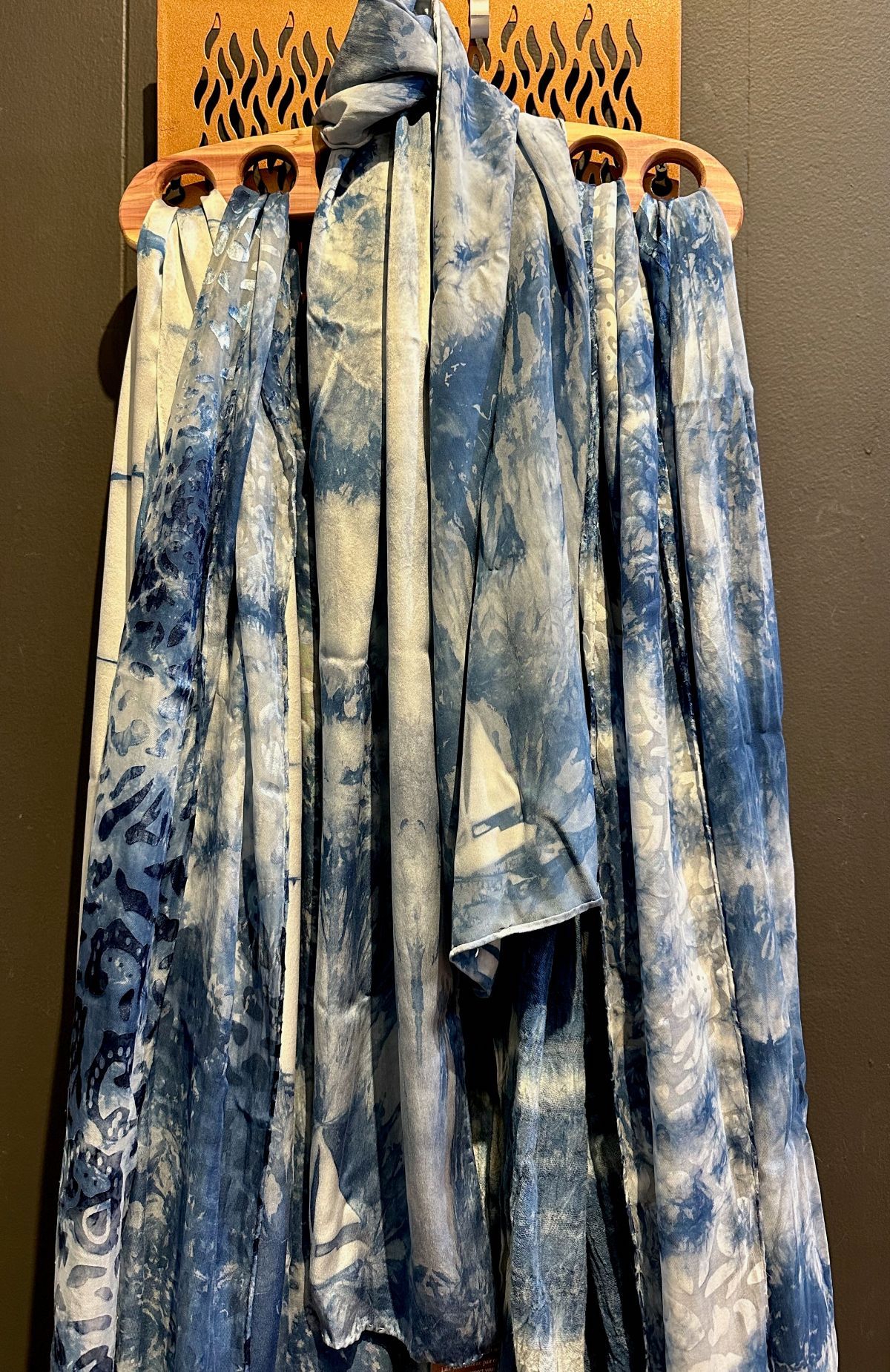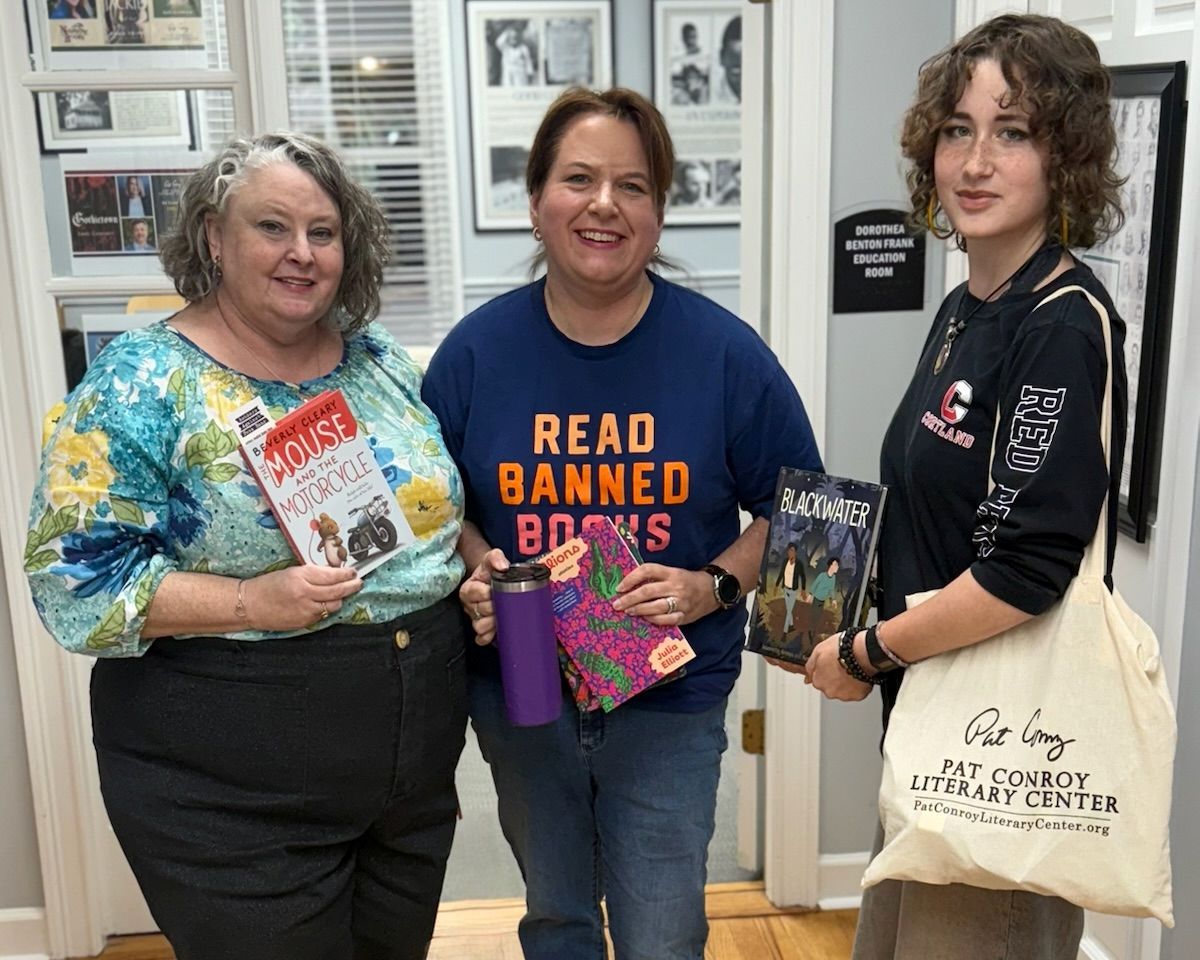By Alan Schuster
The Met Opera: Live in HD will present Rossini’s “La Cenerentola” on Saturday, May 10 at 12:55 p.m. at USCB Center for the Arts, 801 Carteret Street, Beaufort.

In searching for an assessment of this comic masterpiece that would easily surpass my best efforts, I came upon this fine expression written by Bryce Westervelt, a professional opera singer and author of numerous articles about the great composers. “A classic Rossini comedy with a heart, ‘Cinderella’ is an irrepressible take on the traditional fairy tale we all know and love. Rossini conjures up a handsome prince, a beastly stepfather, bickering stepsisters, a beautiful heroine — and sheer magic in the music. True love, goodness, and forgiveness win out with an unabashedly happy ending — even for the wicked stepsisters! ‘Cinderella’ brims with Rossini’s most brilliant coloratura writing and exuberant ensemble pieces. With its effervescent music and irresistible tunes, this zany romp is as much fun as opera can possibly be.”
Act I: Cenerentola (a.k.a. Cinderella, Angiolina) sings a tale about a king who chooses a bride for love and goodness while her stepsisters, Clorinda and Tisbe, ridicule her. Alidoro, Prince Ramiro’s tutor, appears disguised as a beggar. Cenerentola kindly feeds him, after which news arrives that the prince will pay a visit and will escort the ladies to a ball at which he will choose a wife. The stepsisters’ excited reactions awaken their father, Don Magnifico, who enters, telling them that he had a dream in which they would become queens. Learning that the prince is coming, he’s convinced that this will happen.
The scene shifts as Prince Ramiro arrives — disguised as a valet — curious to see the ladies since Alidoro had said that one of them is worthy of being his bride. When he encounters Cenerentola, they are immediately attracted to each other. The charade continues as Dandini, Ramiro’s valet, makes a pompous entrance posing as the prince, leading the sisters to fawn all over him. As they prepare to leave for the palace, Cenerentola pleads with Magnifico to let her go as well but he rebuffs her, telling his guests that she’s just an annoying servant. All depart except Alidoro who invites her to the ball, but only if she tells no one who she is.
At the palace, Dandini tells the prince that neither sister is worthy to be his bride. Suddenly, a commotion erupts when the veiled Cenerentola, dressed in a gown, appears. While Magnifico notices a resemblance to Cenerentola, she and Ramiro share loving gazes as the act ends.
Act II: Although they agree that the unknown lady looks a lot like Cenerentola, Magnifico remains convinced that the prince will marry Clorinda or Tisbe. When Dandini courts Cenerentola, she gently refuses him, declaring that she loves the prince’s valet. Overhearing this, the disguised Ramiro joyfully comes forward and declares his love as well. But she hesitates, giving him one of her bracelets and telling him to learn who she really is by finding who wears the one that matches it. Now Magnifico presses Dandini to choose one of his daughters, forcing him to reveal himself as a mere valet, leaving Magnifico furious. Cenerentola is home when the others return and observe her suspiciously. In a thunderstorm, the prince’s carriage overturns and he and Dandini, no longer disguised, come to Magnifico’s home, seeking shelter. Ramiro and Cenerentola joyfully connect the bracelets and she agrees to marry him.
At the palace, the wedding is taking place as her family watches grudgingly. Cenerentola asks Ramiro to forgive them, and as everyone praises her, she rejoices the end of her many years of heartache.
The music: The opera starts with a first-class overture which brings forth Cenerentola’s pleasant ballad, “Una volta c’era un re” (Once there was a king). Dandini’s grand entrance “Come un ‘ape” (Busy as a bee) leads to a magical ensemble with plenty of patter and buffonery, ending in a thrilling crescendo. Cenerentola’s “Signor, una parola” (Signor, a word) opens an extraordinary stretch of Rossini magic as she pleads to attend the ball, and ends with a brilliant ‘thinks’ quintet. “Zitto, zitto, piano, piano” (Hush, hush, softly, softly) is a catchy tune shared by Ramiro and Dandini as they evaluate the sisters’ qualifications — slim to none. Then Ramiro is off to find the matching bracelet in a three-part aria, “Si, ritrovarla io giuro” (I swear to find her…), impassioned with a generous run of high notes.
Now comes one of the liveliest things Rossini ever composed. It’s a glorious sextet “Questo e un nodo avviluppato” (What a tangled knot) in which the singers display great comical fun with the Italian rolled ‘r.’ It’s not only strikingly original, but rarely if ever copied in its unique style. The grand finale begins when Cenerentola sings “Nacqui all’affanno” (I ascend the throne). It’s an affecting aria which turns into a splendid concerted rondo among the guests.
Two outstanding Rossini virtuosos star in the leading roles, mezzo-soprano Joyce DiDonato as Cenerentola and lyric tenor Juan Diego Florez as the Prince. And two prominent basses, Alessandro Corbelli and Luca Pisaroni, sing the roles of Magnifico and Alidoro, respectively. Fabio Luisi will conduct.
Tickets are $22 for adults, $18 for OLLI members, $15 for students under 18. All seats are assigned and the box office opens one hour before curtain time. Call 521-4145 or visit www.uscbcenterforthearts.com.






